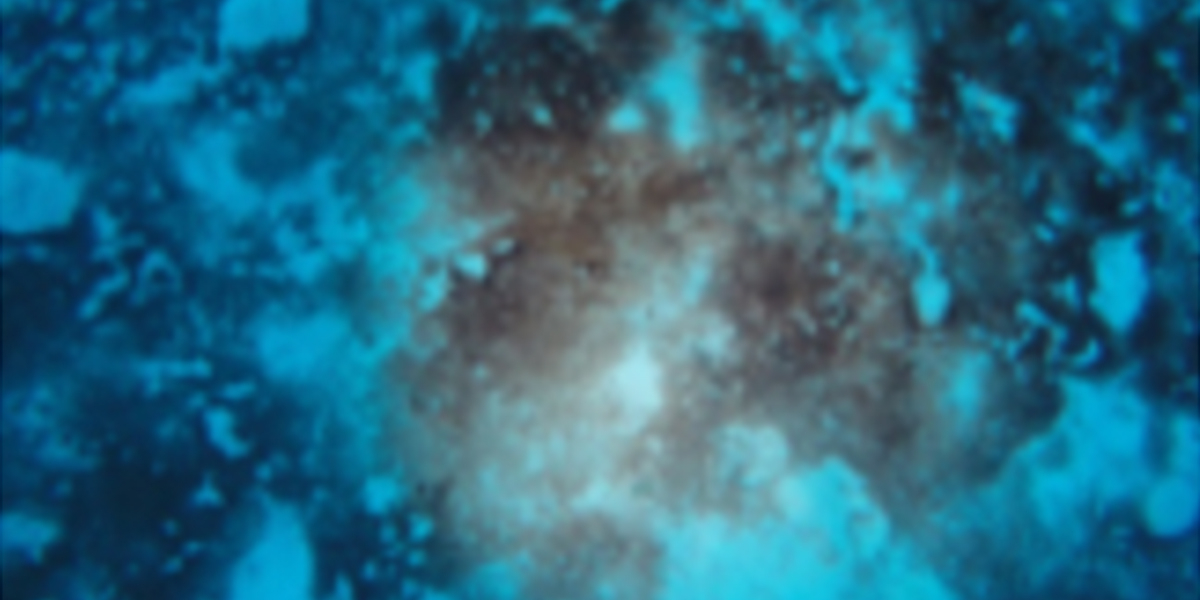Life strategies of benthic cyanobacteria
Since 1973 coral reef permanent quadrats of 3*3m are monitored along Curacao and Bonaire. Quadrats are located at 10, 20, 30 and 40m depth on the fore reef slope and are photographed annually. We study the changes in the benthic coral reef community in time with respect to the cover of different benthic organisms.

An increase in coverage
Benthic cyanobacterial mats (or benthic cyanobacterial films) are increasing in cover on deteriorating coral reefs. These filamentous bacteria form films (mats) over sand and rubble, even overgrowing life corals and sponges. BCM are characterized by dominance of filamentous cyanobacteria and can also contain various algae e.g. Dictyota, filamentous algae . Mats vary in height from approx 1mm upto 30mm.
Studying the key triggers
Our 45 year long data set of Curacao and Bonaire shows a steep increase in cover from less than 5 to more than 20% in the last 15 years. Climate change, declining water quality, iron input and overexploitation of key consumer and ecosystem engineer species appear to drive these changes. We study the changes in BCM cover in time, their nutrition, biogeochemistry and life strategies on coral reefs down to 90m depth to better understand the key triggers explaining their expansion.